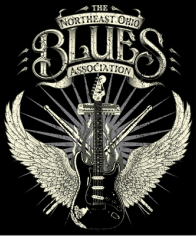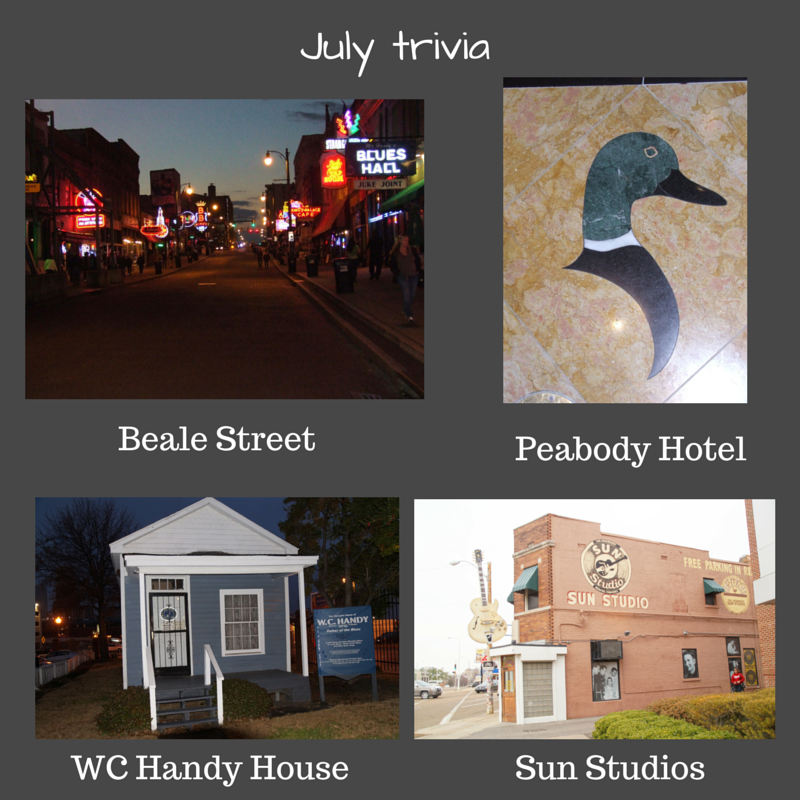· July 1st, 1915—“Big” Willie James Dixon
· July 18th, 1929—Jalacy “Screamin’ Jay” Hawkins
· July 30th, 1940—“Big” Jack Johnson, aka The Oilman
· July 1st, 1977—Robert Henry “Baby Boy” Warren
· July 15th, 1997—“Big John” Thomas Wrencher
· July 27th, 1974—Otis V. “Lightnin” Slim” Hicks


 RSS Feed
RSS Feed